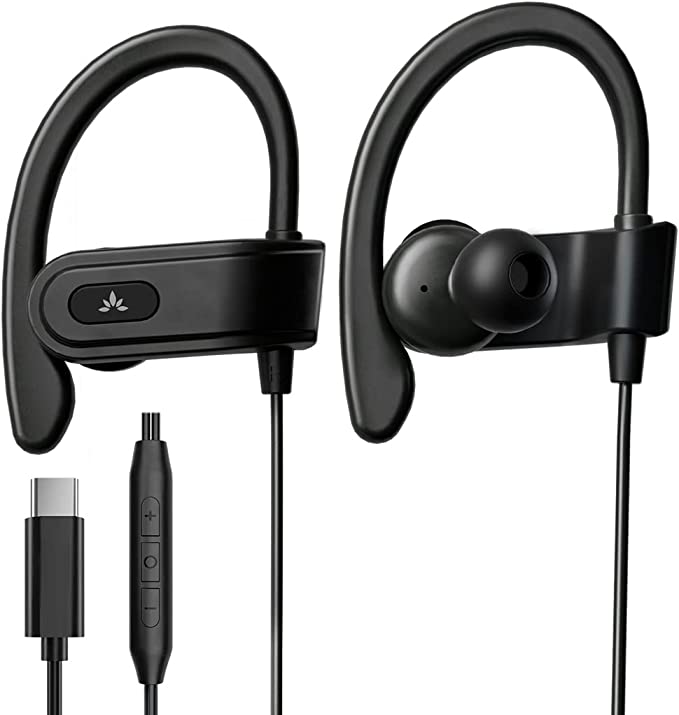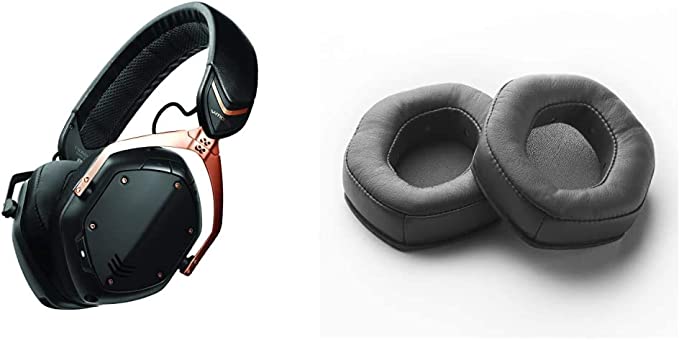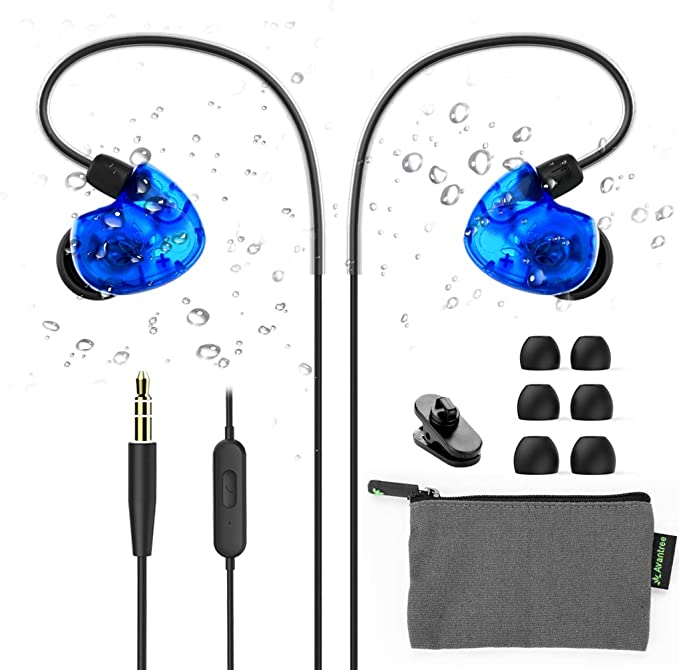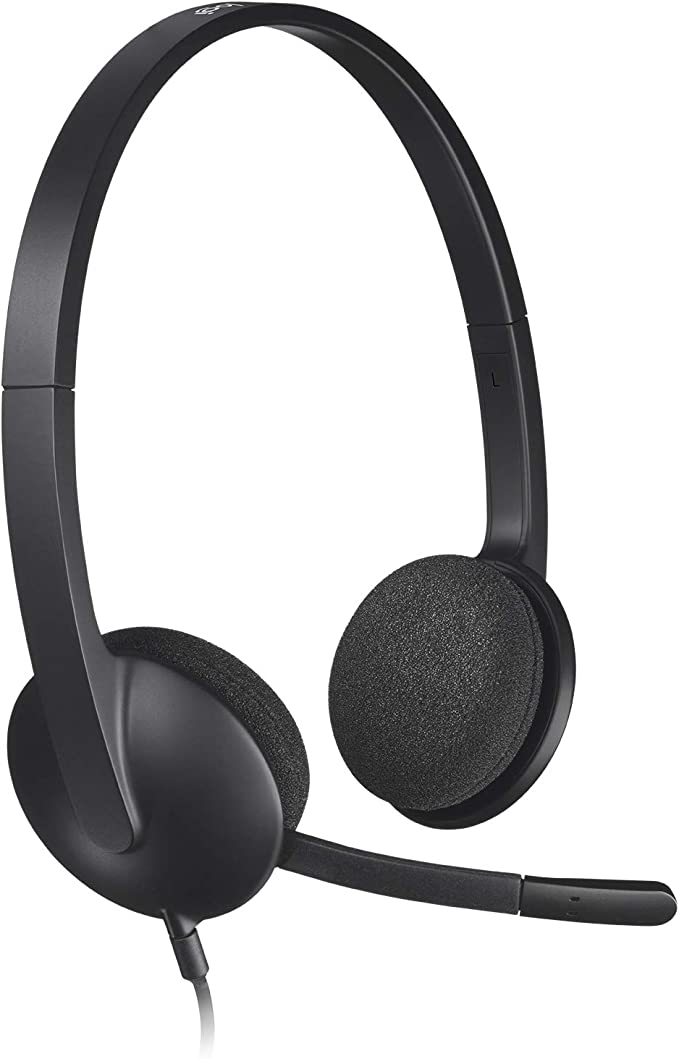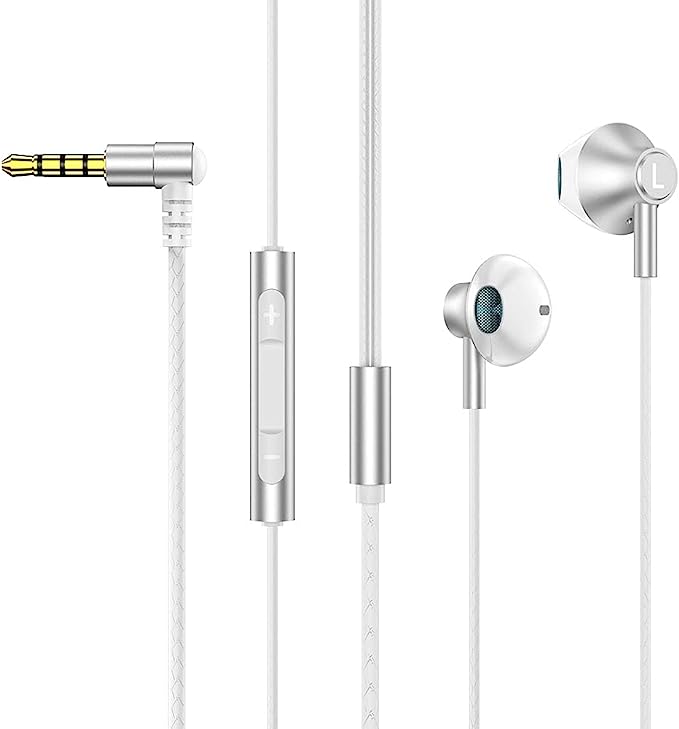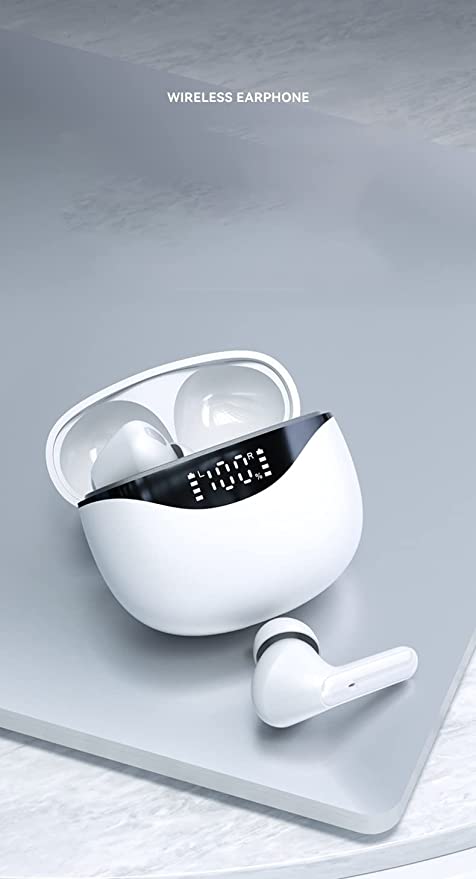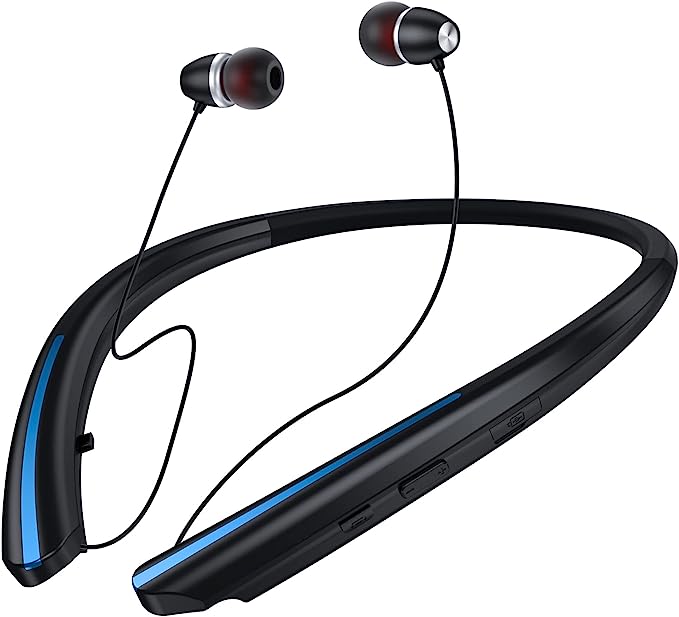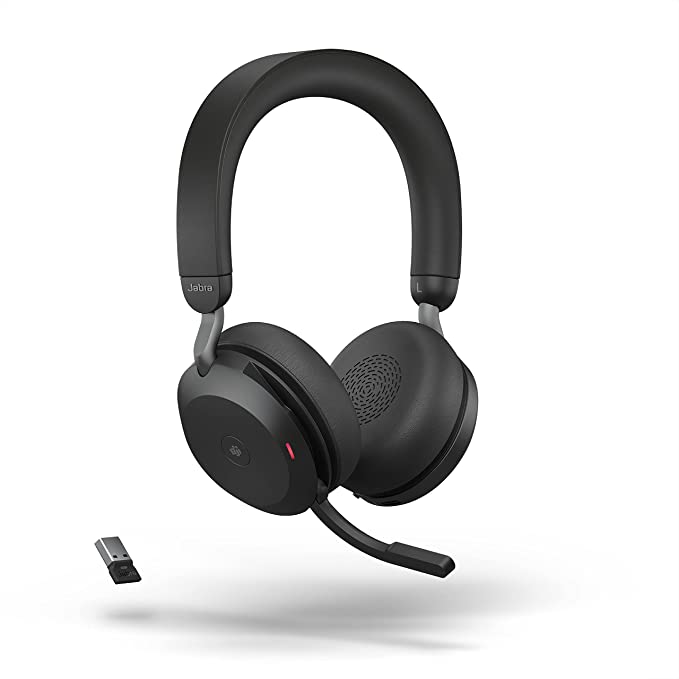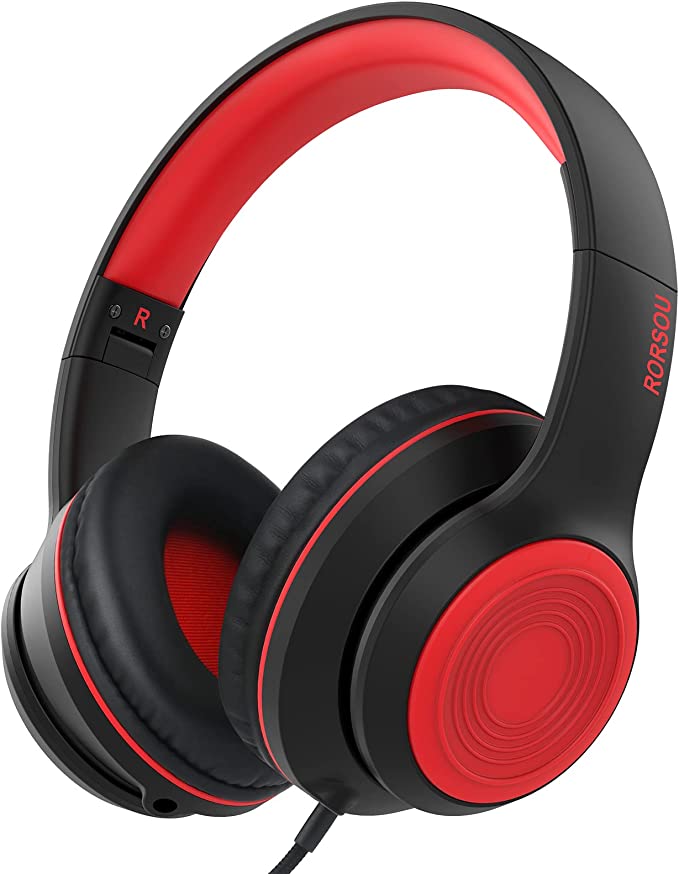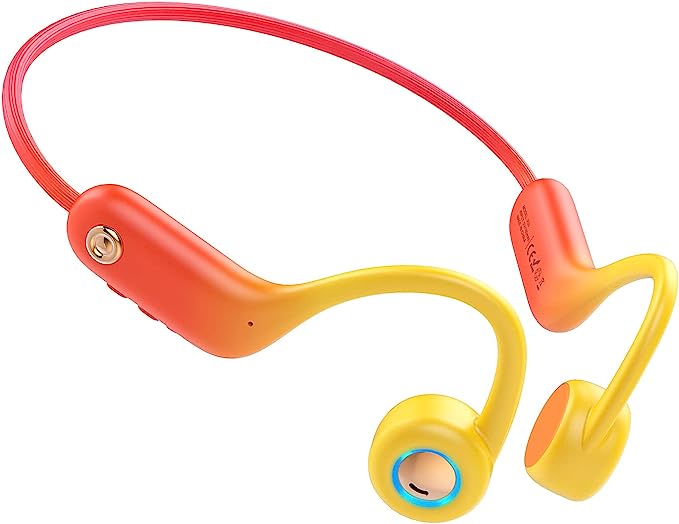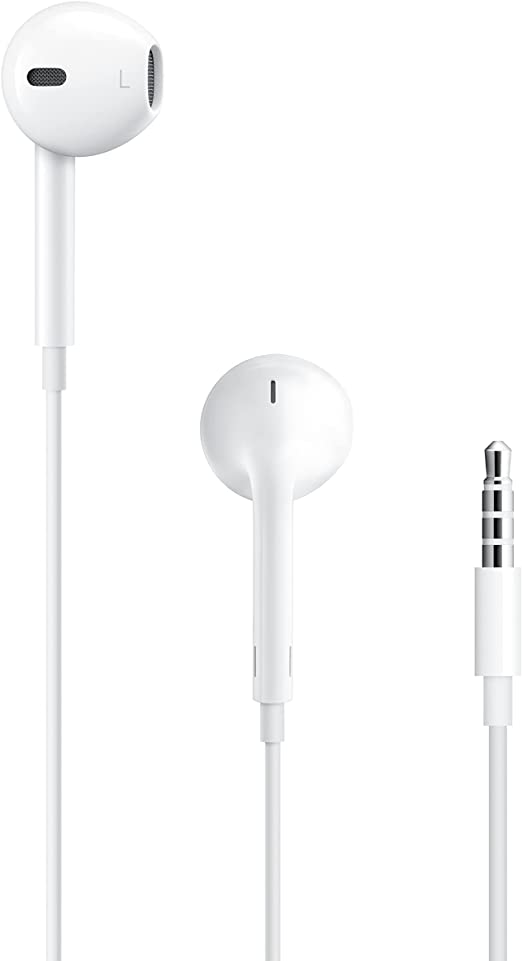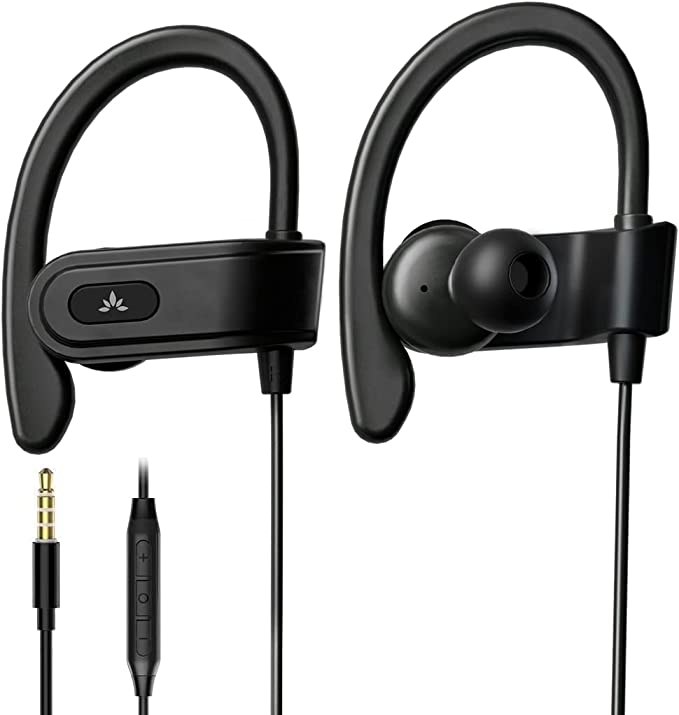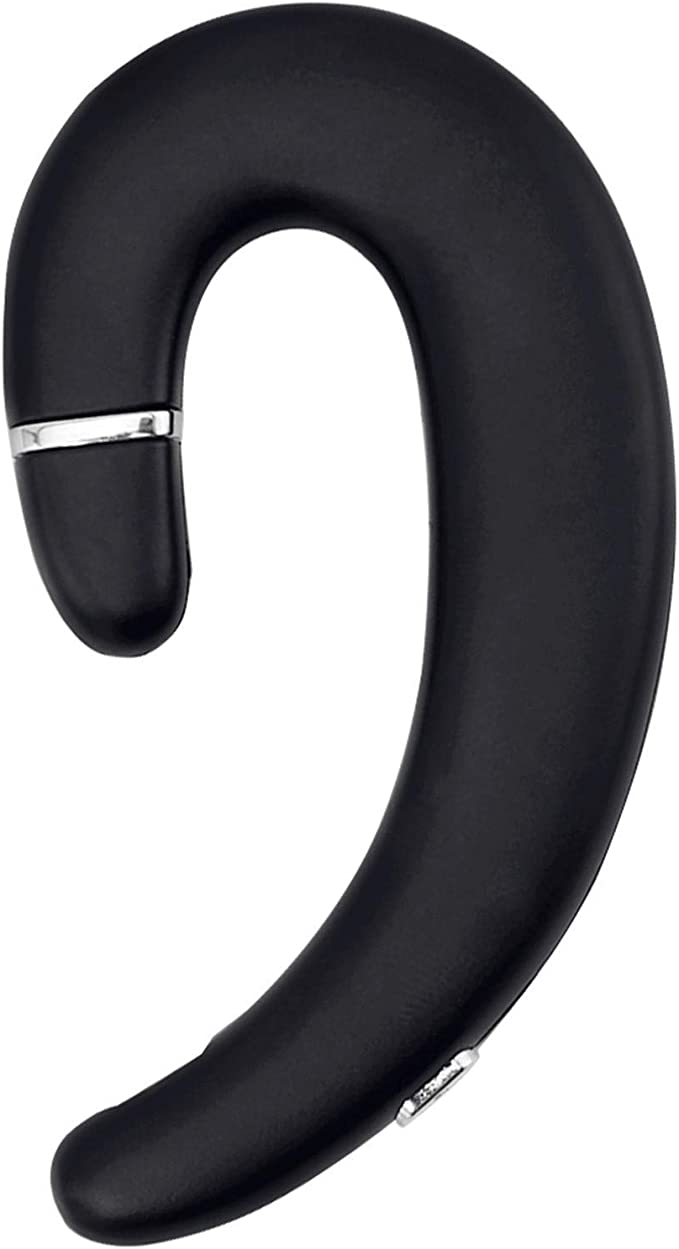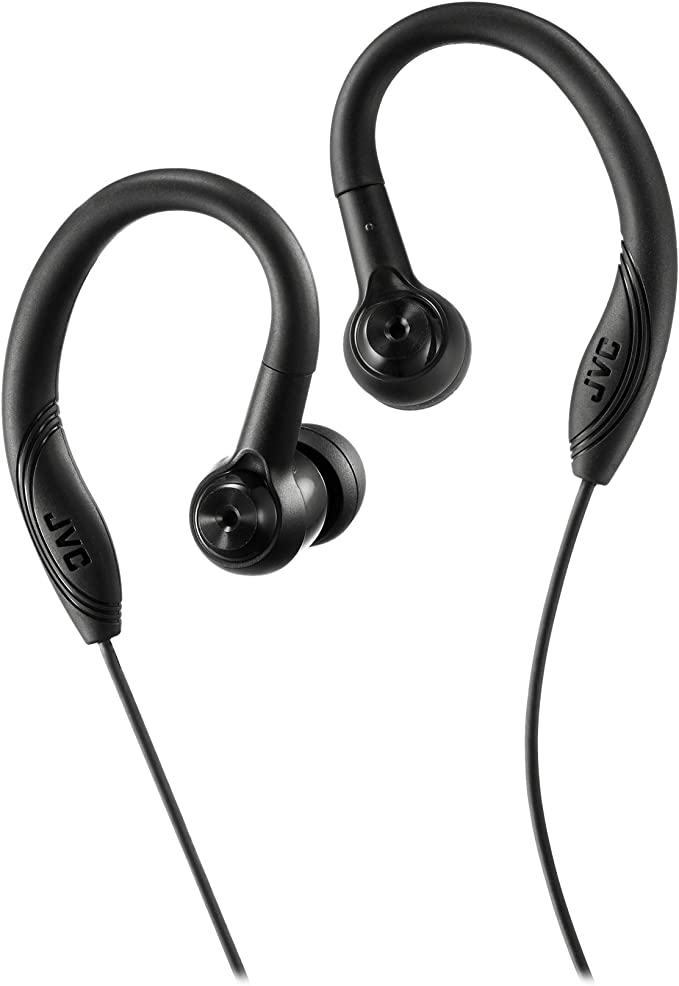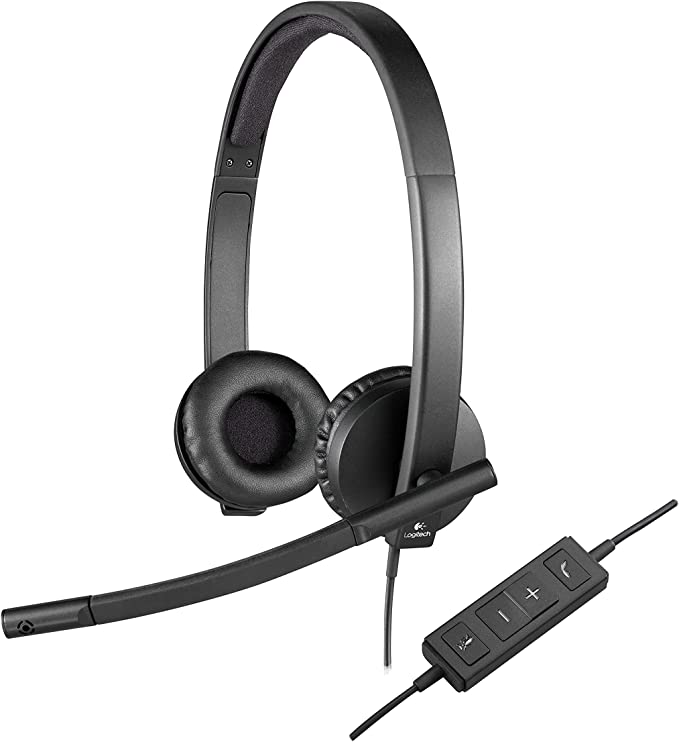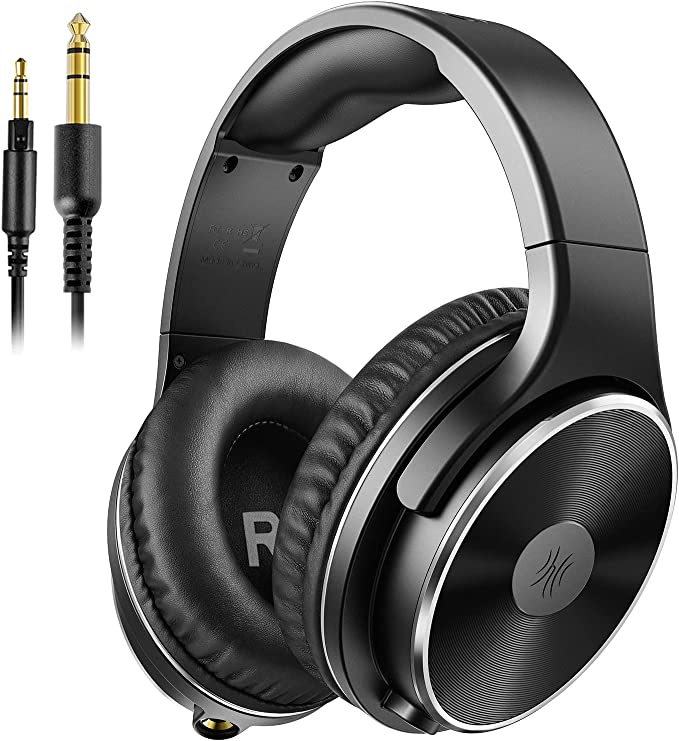Logitech H540 USB Headset - An Ideal Headset for Work and Play
Update on June 19, 2025, 4:21 p.m.
In the grand symphony of our modern digital lives, clear and reliable audio isn’t just a nicety; it’s the bridge connecting us, the soundtrack to our productivity, and the immersive portal to our entertainment. We’ve all been there: the important video call marred by crackly, indistinct voices, or, conversely, the sheer joy of losing oneself in a favorite album where every note rings true. The quest for dependable audio often leads us through a maze of specifications and features. Today, we’re taking a closer look at a device that aims to cut through that noise: the Logitech H540 High-performance USB Headset. This isn’t just an assembly of plastic and wires; it’s a piece of carefully considered engineering designed to be a steadfast audio companion.

The Journey to Your Ears: Why USB Makes a Difference
Before sound from your computer can grace your ears via a headset, it has to travel. And how it travels matters immensely. Let’s take a quick detour into the “analog vs. digital” story. Traditional analog audio signals, like the ones used by old radios or very basic computer audio jacks, are a bit like a flowing current of electricity that mimics the sound wave. While beautifully simple in concept, this current is susceptible to picking up uninvited guests along the way – a hum from nearby electronics, a crackle from a loose connection. Think of it as a photograph that’s just a little bit fuzzy around the edges.
Enter the Universal Serial Bus, or USB, the digital highway that the H540 employs. Instead of a fluctuating analog current, USB transmits audio as precise digital data – a stream of ones and zeros, much like a perfect, incorruptible digital image file. This digital signal travels pristine from your computer directly into the headset, bypassing much of your computer’s internal analog circuitry, which can sometimes be a source of that pesky electrical noise (known in the biz as electromagnetic interference, or EMI). The result? A cleaner, more faithful representation of the original sound. The H540 uses a USB-A connection, a widely established standard.
Furthermore, the magic of USB Audio Class (UAC) standards means that devices like the H540 are typically “plug-and-play.” You connect it to your Windows PC, macOS machine, or Chrome OS device, and it just works, usually without the ancient ritual of hunting down and installing specific driver software. This seamless integration is a quiet nod to the sophisticated standardization efforts that make our digital lives a little bit easier.

Crafting the Sound: Laser Precision and Intelligent Tuning
Once that clean digital signal arrives at the H540, it needs to be transformed into the sound waves we actually hear. This crucial task falls to the “drivers” – essentially the miniature speakers nestled within each earcup. These are the tiny engines that vibrate to create the air pressure changes our ears interpret as sound.
Logitech highlights its “laser-tuned drivers,” a term that might sound like science fiction but points to a very real and meticulous manufacturing process. During production, lasers are often used for incredibly precise measurement and calibration of the driver’s components, particularly the diaphragm (the thin membrane that vibrates). This ensures that each diaphragm is shaped and performs as close to the ideal design specifications as possible. Why go to such lengths? Consistency and accuracy. It’s like a master luthier painstakingly crafting a violin, ensuring each instrument resonates perfectly. For the H540 user, this translates to a more predictable and accurate sound reproduction, from one headset to the next.
Complementing these precisely engineered drivers is a “built-in EQ.” An Equalizer, or EQ, is an electronic filter that allows for the adjustment of the loudness of different audio frequencies – the deep rumble of bass, the clarity of midrange vocals, the crispness of treble. While you can often find software EQs, the H540 has one integrated directly into its circuitry. This built-in EQ is pre-optimized by Logitech’s engineers to deliver a balanced audio profile. The goal is to provide clear, intelligible voice for calls and a rich, full-bodied experience for music and movies, all without requiring the user to become a part-time audio engineer tweaking settings. It’s about aiming for a “what you hear is what was intended” experience, straight out of the box.

The Art of Being Heard: Microphone Matters
In an age of endless virtual meetings and online chats, being heard clearly is just as important as hearing well. The Logitech H540 features a rotating boom microphone, and its design is more than just a matter of convenience. The “boom” arm itself plays a vital acoustic role. By allowing you to position the microphone element very close to your mouth, it drastically improves the signal-to-noise ratio. In simpler terms, your voice (the “signal”) is captured much more strongly and directly than any ambient sounds or chatter in the room (the “noise”).
The H540 also claims to “reduce background noise.” While this isn’t the advanced active noise cancellation (ANC) found in some high-end headsets (which uses microphones to detect and actively cancel out external sounds), it likely achieves a degree of noise reduction through a couple of clever, yet simpler, methods. Firstly, the microphone is probably directional (often a cardioid pickup pattern), meaning it’s most sensitive to sound coming directly from the front (i.e., your voice) and significantly less sensitive to sounds from the sides and rear. Think of it as a spotlight for sound, focusing its attention on you. Secondly, the physical design of the microphone housing itself can offer a small degree of shielding from ambient sounds.
User control is thoughtfully implemented with on-ear volume buttons and a dedicated mute button. This immediate, tactile control means no more frantic searching for the mute icon on your screen during a call. And a particularly welcome feature is the mute indicator light – a small LED that clearly shows whether your microphone is live or silenced. It’s a seemingly minor detail, but one that instills a great deal of confidence in online interactions. Adding to this confidence is the “Skype Certified” badge. This certification indicates that the headset has met specific performance criteria set by Skype (a widely used communication platform) for voice clarity, reliability, and overall user experience during calls.

Comfort for the Long Haul: The Ergonomics of Listening
If a headset is going to be a companion for hours of work calls, online classes, or extended gaming sessions, comfort isn’t a luxury; it’s a fundamental requirement. The Logitech H540 employs an “over-ear” design. This means the earcups are generally large enough to encompass your entire ear, resting on the head around the ear rather than pressing directly on the ear itself (as “on-ear” designs do). The ergonomic principle here is pressure distribution. By spreading the contact points over a larger area, an over-ear design aims to reduce pressure hotspots and minimize fatigue during prolonged use. This design can also contribute a small amount of passive noise isolation, simply by physically blocking some external sounds.
The “feel-good factor” is further enhanced by the “soft, padded leatherette” used on the headband and earcups. Material choice is critical for comfort. Leatherette (a synthetic leather) offers a plush, premium feel and has the practical advantage of being relatively easy to wipe clean. The generous padding underneath this material cushions the points where the headset makes contact with your head and ears. Logitech states these “feel good even after hours of listening,” and the design choices support this aspiration.
Finally, while not feather-light, the H540 is designed with weight in mind, tipping the scales at 10.6 ounces (approximately 300 grams). Even seemingly small amounts of weight can become noticeable and lead to neck strain when worn for extended periods. An adjustable headband ensures that users can achieve a secure and personalized fit, further contributing to overall comfort.

Beyond the Soundwaves: A Nod to Responsibility
In today’s world, the impact of the products we use extends beyond their immediate functionality. Logitech acknowledges this with the H540 being designated as “Climate Pledge Friendly” and “Carbon Neutral Certified by SCS Global Services.” What does this mean for the consumer? It signifies that an effort has been made to measure the carbon footprint associated with the product – from manufacturing to distribution and beyond. Steps are then taken to reduce these emissions where possible, and any remaining, unavoidable emissions are “offset” by investing in environmental projects, such as reforestation or renewable energy initiatives. While one product alone won’t solve global climate challenges, these certifications represent a commitment to more responsible manufacturing practices and are part of a growing awareness within the tech industry.

The Final Note: Finding Harmony in a Digital World
The Logitech H540 USB Headset emerges not as a device bristling with every cutting-edge, experimental technology, but as a thoughtfully engineered sum of proven parts. The integrity of its USB digital audio path, the precision of its laser-tuned drivers, the clarity afforded by its well-positioned microphone, and the considered comfort of its ergonomic design all contribute to a reliable and user-friendly experience. It’s a testament to how established principles in audio engineering and human factors design, when applied effectively, can create a product that capably serves the diverse audio demands of our daily digital interactions.

It may not aim to compete with esoteric, multi-thousand-dollar audiophile setups, nor does it boast the absolute silence of high-end active noise-canceling headphones. Instead, the H540 appears to strike a compelling balance between performance, comfort, convenience, and value for its intended audience. The fact that, according to the provided data, “1K+ bought in past month” and it maintains a solid 4.2 out of 5 stars from over 4,000 ratings, suggests that many users have found this balance to be just right for their needs – a harmonious solution for navigating the audio landscape of work, learning, and play.
